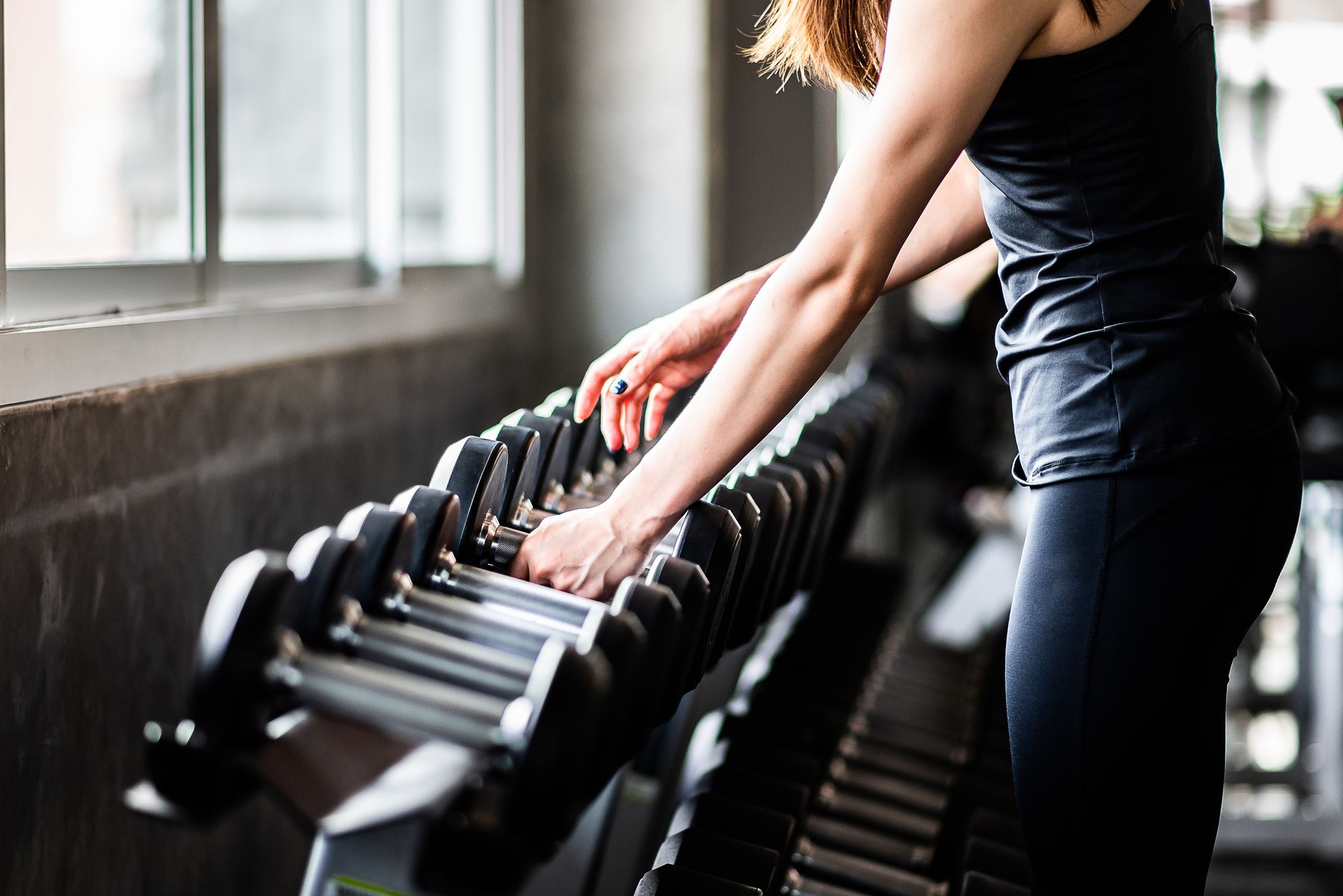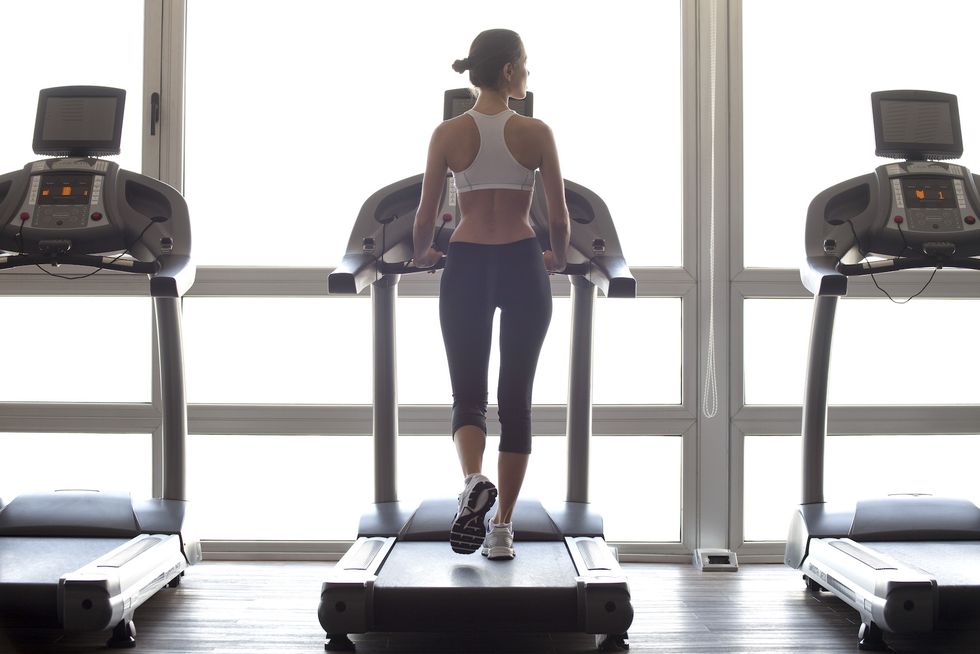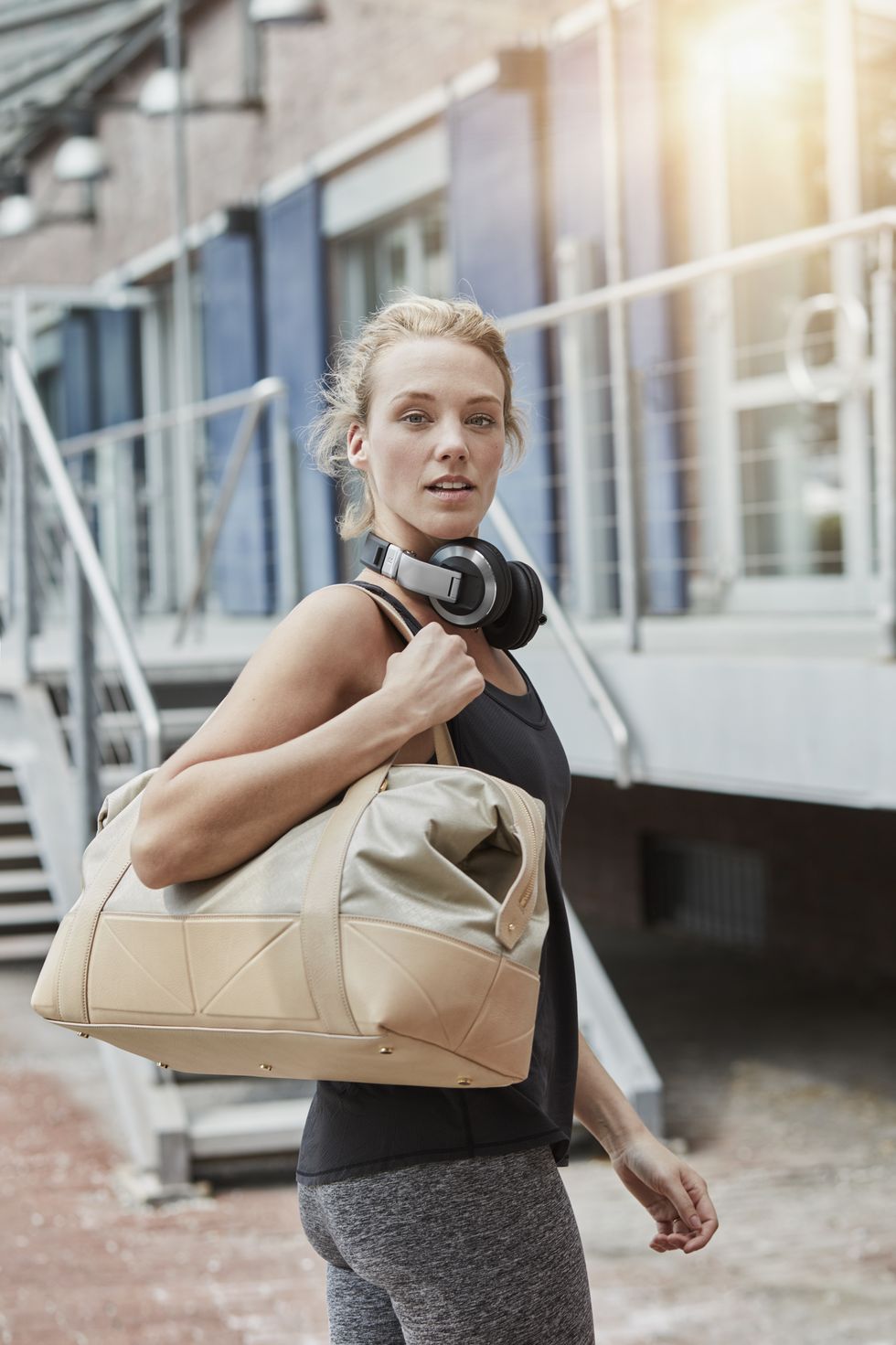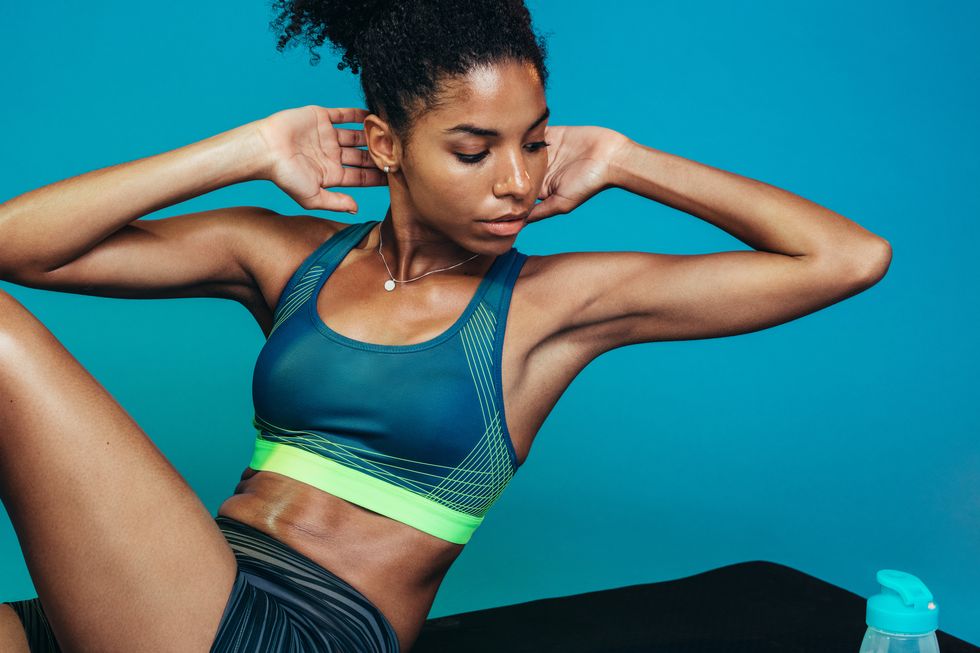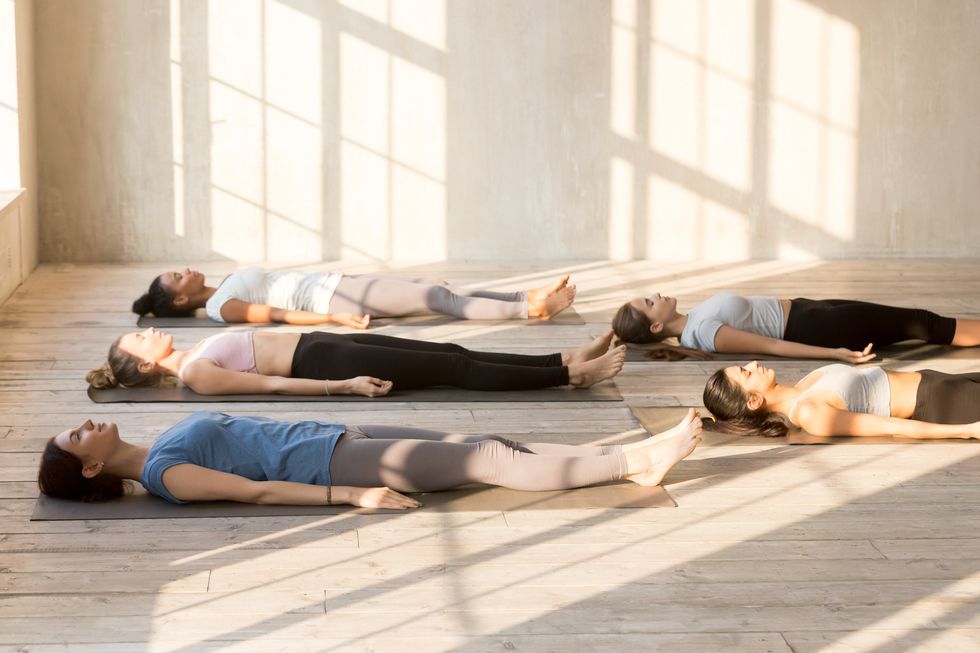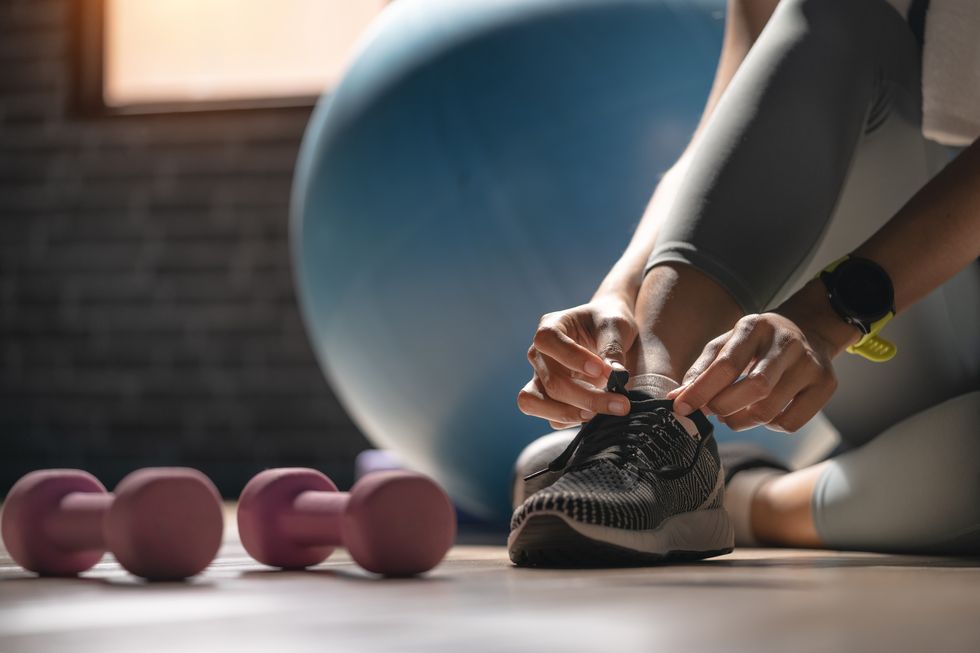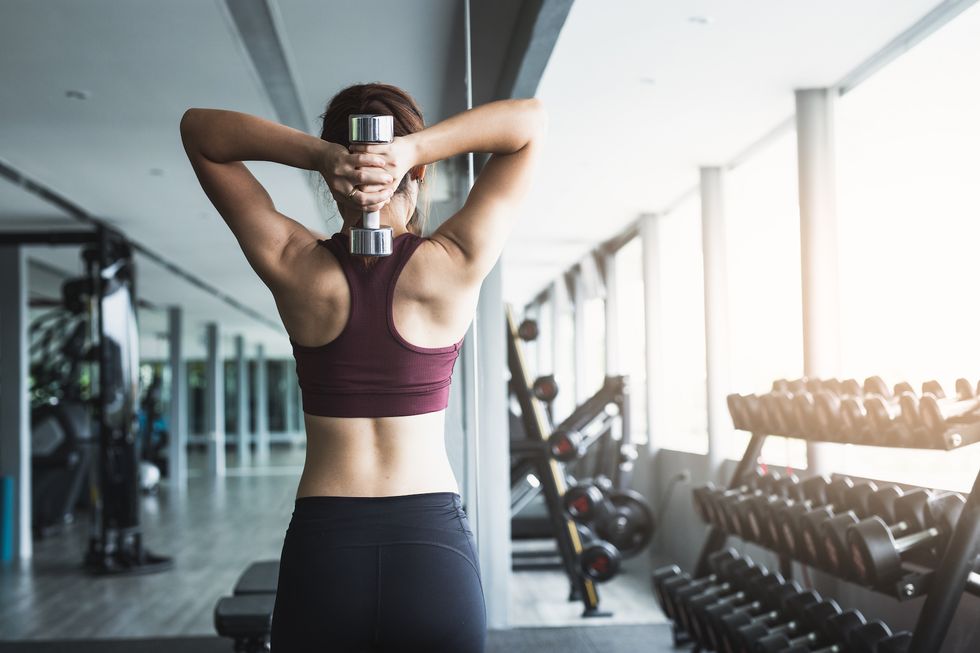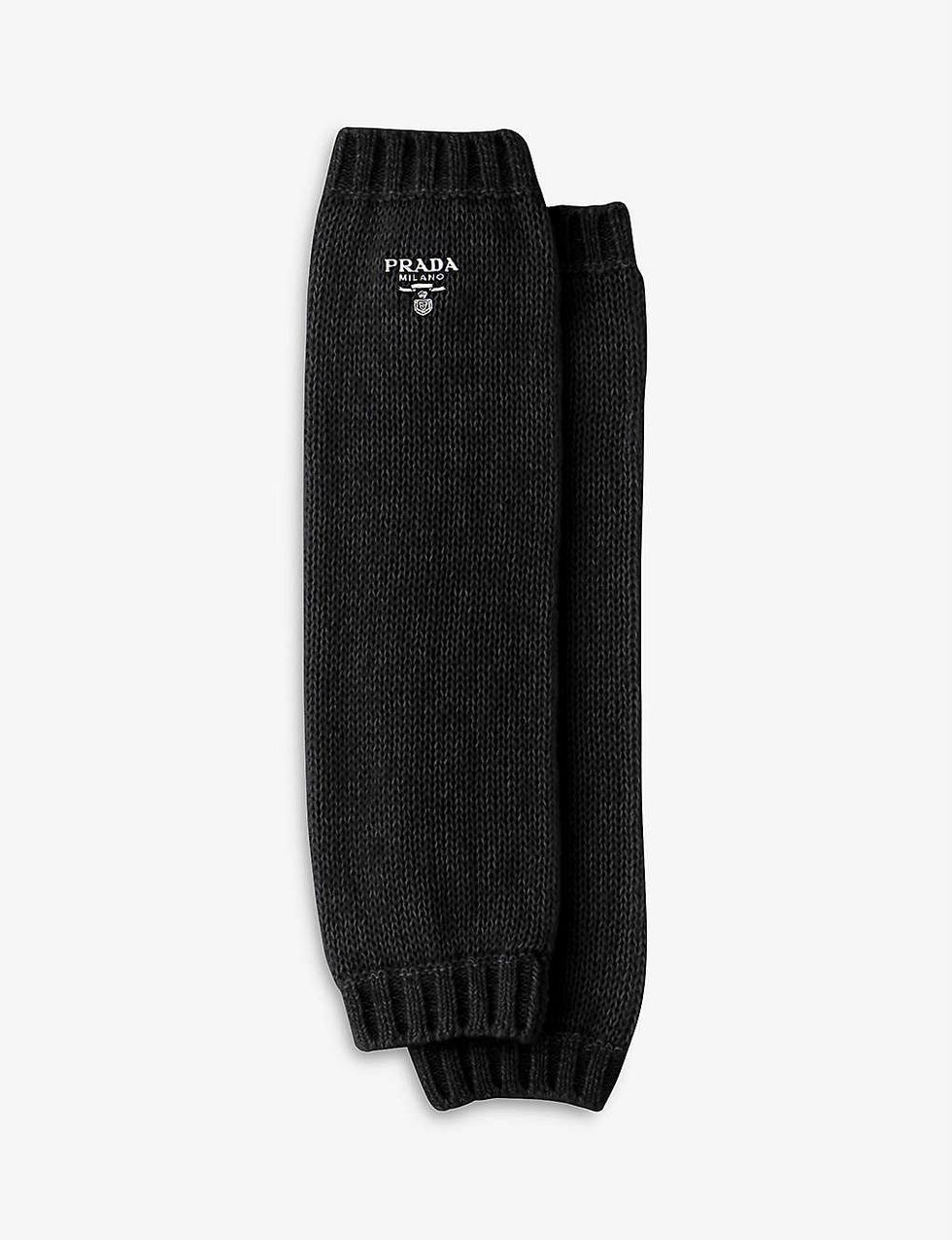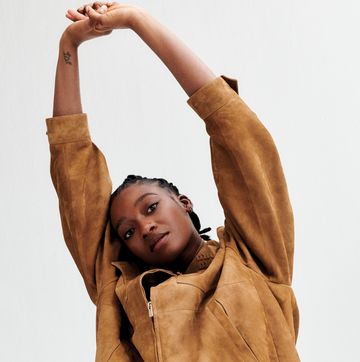The coronavirus pandemic has put many of our daily plans on hold as it continues to spread across the world.
At the beginning of March 2020, the UK government enforced its first set of lockdown restrictions, which instructed the public to work at home where possible, students to attend to virtual classrooms instead of going to school, saw many of us working out from home in lieu of the gym and leisure centres, and press 'pause' on travel and wedding plans.
In the summer of 2020, it seemed we were finally en route to returning to some sense of normality, with small groups of people from different households permitted to meet outside and pubs and restaurants and shops beginning to open, we’re left questioning just how we’re meant to adapt to this ‘new normal’.
Despite moving past the first peak of the virus, the threat of the health crisis intensified in the latter half of the year, resulting in further restrictions. By December 2020, the UK had entered a new lockdown with bans on non-essential retail, indoor leisure, personal care sectors and non-essential travel.
On February 22, Prime Minister Boris Johnson shared his 'roadmap to recovery' to the public, explaining how he aims to lift lockdown restrictions across England and implement a four-step plan to help us see some sense of normality by June 21.
Gyms are one of the growing number of businesses affected by the ongoing pandemic, after a brief period of reopening on July 25. Around the time gyms were initially allowed to open its doors to gym bunnies, a survey by Sport England/Savanta ComRes found that Brits miss being able to workout at their gyms more than doing any other sporting activity, and 87 per cent of us plan to resume our memberships post-lockdown.
It isn't surprising. By now, there won't be a virtual workout that fitness lovers haven’t tried, thanks to fitness studios and personal trainers transmuting their regular classes into digital formats. There’s Barry’s Bootcamp’s virtual Red Room, the F45 Challenge app offering on-demand workouts and nutrition plans, and 'the nation’s P.E teacher' Joe Wicks who racked up nearly a million YouTube viewers on a live stream workout in March.
While home workouts have served some individuals in lockdown, doing a burpee next to the sofa hasn’t satisfied some other people’s itch to return to the treadmill. In May last year, several training facilities in the US opened their doors despite lockdown restrictions, while some protestors have taken to working out outside a Florida courthouse, to demonstrate their disdain for state-wide gym closures. In the UK, several gym owners faced fines for refusing to close during lockdowns.
However, others are nervous to know whether - when gyms finally do reopen for good - we'll really be able to take adequate precautions to safeguard our health.
NHS doctors Eleanor Lynch, 25, and Charlotte Gatenby, 28, told us that while they're excited for gyms to reopen, they are acutely aware of the dangers that these facilities could present. 'My biggest concerns are people not acting responsibly when back in gyms and studios,' says Lynch.
We consulted a range of experts in microbiology and fitness to find out whether it’ll ever be safe to return to gyms once they reopen and lockdown ends.
When will gyms reopen in the UK?
In line with Johnson's hopes to start easing lockdown restrictions, the government aims to ensure gyms and leisure centres are some of the first industries to open.
'Outdoor activity will be prioritised as the best way to restore freedoms while minimising the risk,' he noted.
According to the plans, which can be read here, gyms, indoor leisure centres and indoor swimming pools will reopen in step two of the plan 'but only for use by individuals or household groups'.
With the government aiming to use a five-week approach to monitor progress between steps, gyms could reopen from April 12. However, from this point you will still be unable to exercise with someone not from your household indoor. As a result, it's likely group classes, saunas and steam rooms could be a possibility in step three from May 17.
Outdoor facilities will be permitted from March 29, which means that organised team sports will be allowed, in addition to the opening up of outdoor swimming pools, tennis and basketball courts.
By June 21, Johnson hopes to get rid of all social distancing requirements and other restrictions on venues reopening, but only following a review of progress.
Under current rules, gyms are still closed but you can exercise with one other person from your bubble.
The government's latest news marks a stark contrast to the way the fitness industry has experienced restrictions in recent months.
On July 9 last year, Culture Secretary Oliver Dowden announced that leisure facilities would finally open their doors again in the UK following the first lockdown. Indoor gyms, swimming pools and sports facilities were able to reopen from July 15, and outdoor pools from July 11.
Urging people to ‘work out to help out,’ Oliver said that we were moving in the ‘right direction’ after the reopening of pubs and restaurants on July 4.
Guidance for the reopening of sports facilities included rules on cleaning regimes, social distancing and how to ensure staff and client safety. Read more here.
The guidance stated:
- All venues should encourage attendees to arrive at the facility in sports kit and where possible to travel home to change/shower.
- Use of changing rooms and showering facilities should in general be avoided where possible.
- All venues should ensure that steps are taken to avoid people needing to unduly raise their voices to each other.
- Pieces of gym equipment to be an appropriate distance apart so as to comply with social distancing guidelines and with a suitable margin for adequate circulation or one-way routes.
- Swimming pools should restrict numbers to allow 3sqm per bather.
‘Saunas and steam rooms should stay out of use for the time being as the risk of transmission is unclear,’ the guidance added.
However, following Johnson's announcement on December 19, indoor gyms and leisure facilities in Tier 4 areas were then forced to close.
In Tier 1 (medium level), organised indoor sport and exercise classes could take place (following the Rule of Six), in Tier 2 (high level) the aforementioned activities could take place outdoors and only indoors in certain circumstances, and under Tier 3 (very high level), gyms remained open.
Should we be worried about the spread of Covid-19 in gyms?
In the same way that there is a danger of spreading or becoming infected with Covid-19 the moment you step outside of your home, there is no way to ensure safety from the virus inside a gym with any degree of certainty.
However, unlike the threat of the virus when you take part in your daily exercise outdoors or visit the supermarket, it’s the environment of a gym that makes it all the more problematic.
Simon Clarke, a microbiologist and associate professor in Cellular Microbiology at the University of Reading, told us that through exercising, people will be more likely to cough and release spit due to physical exertion.
‘It’s the churn of people going through a gym that makes it tricky,’ he tells ELLE UK. However, contrary to popular belief that it’s the sweaty, hot environment of a gym that plays a factor in the virus’ spread, it’s actually largely due to the way a virus reproduces itself in our cells.
He continues: ‘If you spray a virus onto a surface, like a dumbbell, it will just sit there. The virus won't move unless someone picks it up again. Gyms pose a higher degree of risk because people are constantly touching things that you will then go and touch yourself.'
On the other side of the argument, personal trainer and Nike trainer Luke Worthington argues that gyms shouldn’t be seen as any more or less concerning than any other shared space, especially when considering their benefits.
‘The more we learn about Covid-19, the more we understand how important baseline health and fitness is in combating it,’ he says. ‘Obesity and poor respiratory fitness have been shown to be amongst the highest risk factors in serious and fatal cases.
‘I predict there will be a return to people looking for forms of exercise that are focussed on promoting health strength and wellness.’
What precautions can gyms take to prevent the spread of Covid-19?
It’s hard to imagine heading to a gym and having to socially distance from others. But, as we’ve seen in other countries where lockdown measures have relaxed in recent weeks, it could soon be a reality.
A 2020 Twitter clip from Hong Kong showed a gym with partitions between machines, while most parts of Italy have reopened facilities, advising visitors to wear a face mask in a shared space, keep seven square meters distance from other swimmers in a pool and to arrive dressed in workout clothes.
Max Henderson, co-founder of Hotpod Yoga, says he’s been working closely with not-for-profit health body UK Active to get a full understanding of the best guidelines to ensure the safety of individuals in his studios.
‘Capacities of classes will certainly be revised with significantly increased spacing between mats,’ he tells us. 'We'll also be working to further enhance ventilation.'
Will ventilation and close proximity to other gym users be a problem?
Prior to the first lockdown, a visit to the gym often involved an elbow to the face while trying to frantically change into activewear before a class, due to the tight confines of changing rooms.
Once you start to consider the realities of adhering to social distancing guidelines and ventilation in gyms, it’s no wonder many of us are concerned about the threat of the virus.
However, rest assured that precautions will be in place when gyms reopen to reduce risks.
Huw Edwards, chief executive of non-profit organisation UK Active, told the BBC in May 2020 that he envisages classes to be shortened, breaks between them lengthened and markings on the floor to be put in place to help ensure social distance is maintained.
‘You wouldn't have that level of proximity in studios as you would have seen prior to the Covid-19 crisis, the dynamic within the studio will change,’ he said. He also noted that, similar to Switzerland, where gyms have recently reopened to 70 per cent capacity, UK Active is advising similar rules.
However, Clarke notes that while social distancing measures might be possible for light exercise, such as yoga and Pilates, even with a two-metre separation between gym users, high energy classes resulting in panting and heavy breathing from static positions will increase the possibility of the virus spreading. 'It’s impossible to eliminate risk completely,' he says.
As for those wanting to wear a mask to avoid infection, he said that it is a ‘bone of contention’ as to how much they protect individuals.
‘There is evidence that they protect other people when you wear one but you have to weigh it up against the possible disadvantages of using them if they aren’t fitted properly or slip off,’ he says. ‘What they can do is stop people touching their face, but I can’t imagine working out in a mask to be easy.’
But even if you wore a mask and socially distance, would an air conditioner in a gym increased your change of becoming infected with the virus?
The World Health Organisation has said there isn’t enough evidence to show that the disease is airborne (in an analysis of 75,465 Covid-19 cases in China, airborne transmission was not reported) but that it is possible in certain circumstances. A separate study of an air-conditioned restaurant in Guangzhou, China, found the virus spread to three separate families eating in the restaurant who were sat close to an air conditioning unit.
In 2008, Sport England outlined the ideal temperature for clients in fitness studios (16°C to 18°C in the summer) and gyms (18°C ‘with a slight summer rise acceptable’). Worthington advises those who are concerned about ventilation in gyms to really consider when visiting the gym is essential for their fitness.
‘Cardiovascular exercise can absolutely be performed outside away from the gym and doing it that way brings a whole host of associated mental health benefits,’ he said. ‘Resistance training, by its very nature, can’t be performed in a crowded environment as you need the space around you to perform the movements.’
As a result, he urges people to be selective and purposeful about their gym visits. ‘You don’t need to go every day. Do your cardio two to three times a week outside and get to the gym three times per week for your resistance training.’
What precautions can gym-goers take when entering a gym?
For gyms to open, the responsibility lies first and foremost with the facilities and staff to prioritise users’ safety, according to Worthington.
‘There is also a responsibility on the trainers and instructors to be able to coach and correct without physical contact if the client requests it,’ he notes.
However, the experts outline that there are some practical measures users can take when using gym facilities:
Kit
The Italian government is asking for individuals to arrive at their gyms dressed in their workout clothes and place all of their belongings inside a bag. At the end of their session, they are instructed to place dirty clothes into their bags and take it home to be washed separately from the rest of their washing.
Worthington says that kit organisation will be key when returning back to the gym. He suggests having a separate pair of training shoes for a gym workout than for outside. ‘Arrive in your training kit with a hoodie or tracksuit over it - when you arrive at the gym take that off, change your shoes, and keep all your own kit with you.'
However, Henderson explains that Hotpod Yoga has been deliberating on whether it will request gym goers to be dressed in their activewear before a session.
‘Given that we're mostly based in residential areas and the vast majority of people will be working from home for some time, we may well ask people to come changed and then just pop home for a shower after class,’ he said.
Towels
The NHS states that clothes and towels can spread germs. It advises that if the items you are washing are likely to cause illness (high risk), they should be washed at 60°C with a bleach-based product.
If your gym offers towels, Clarke says that we must rely on them to ensure that they’re washed properly and that once subject to detergent towels should be sufficiently clean, regardless of the temperature they're washed at. ‘If someone is particularly nervous then they should take their own towel,’ he suggests.
The latest guidance advises people to avoid the use of shared objects, like towels, 'unless they can be cleaned or sanitised between users'.
At Hotpod Yoga, Henderson says that members will need to take responsibility for doing what makes them, and others, feel comfortable. ‘We’ll be giving people options to bring their own towels and mats, as opposed to using the studio's,’ he tells us.
Equipment
The National Centre for Biotechnology Information states that a single cough can produce up to 3,000 droplets which can land on people, clothes and surfaces. It's still unknown how long the virus can survive outside the human body, so you’ll want to take extra care when touching equipment others have been using in the gym.
The latest guidance states that pieces of gym equipment are to be 'an appropriate distance apart so as to comply with social distancing guidelines and with a suitable margin for adequate circulation or one-way routes.
'This can be achieved by moving equipment, using screens to separate equipment, or taking equipment out of use. Clearly visible tape should be put around pieces of gym equipment to denote social distance,' it adds.
Worthington notes that it is possible for gym-goers to train fully and effectively wearing disposable gloves (which should be disposed of after every session) at the gym and that they can ask instructors to coach without physical contact.
However, Clarke warns that people often forget that gloves are essentially a second skin. ‘If you contaminate your glove and put it to your face, it’s the same as putting it on your hand and on your face,’ he says.
Ideally, he suggests that dumbbell, handles on machine and mats are wiped down after each use with a disinfectant.
Like this article? Sign up to our newsletter to get more articles like this delivered straight to your inbox.
In need of more inspiration, thoughtful journalism and at-home beauty tips? Subscribe to ELLE's print magazine now and pay just £6 for 6 issues. SUBSCRIBE HERE

Katie O'Malley is the Site Director on ELLE UK. On a daily basis you’ll find Katie managing all digital workflow, editing site, video and newsletter content, liaising with commercial and sales teams on new partnerships and deals (eg Nike, Tiffany & Co., Cartier etc), implementing new digital strategies and compiling in-depth data traffic, SEO and ecomm reports. In addition to appearing on the radio and on TV, as well as interviewing everyone from Oprah Winfrey to Rishi Sunak PM, Katie enjoys writing about lifestyle, culture, wellness, fitness, fashion, and more.
